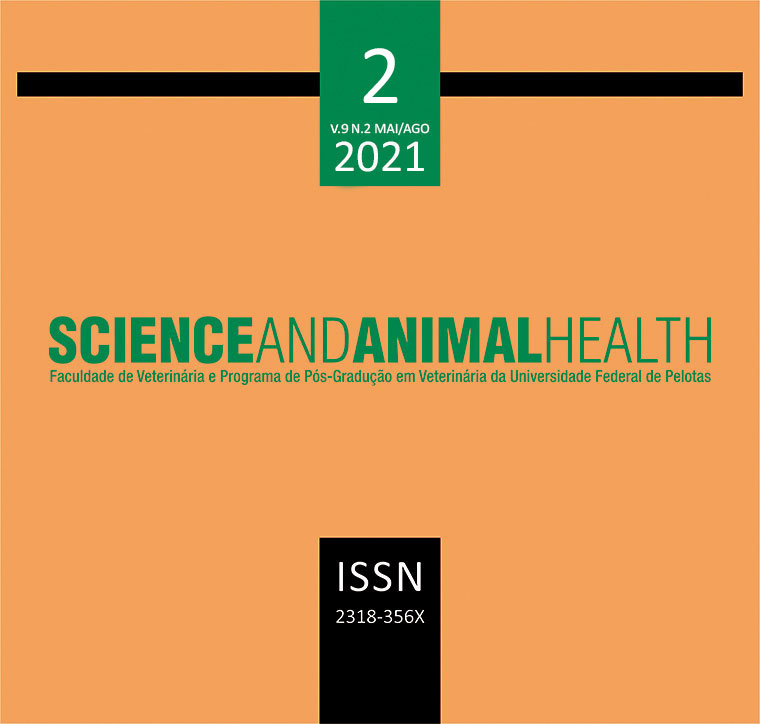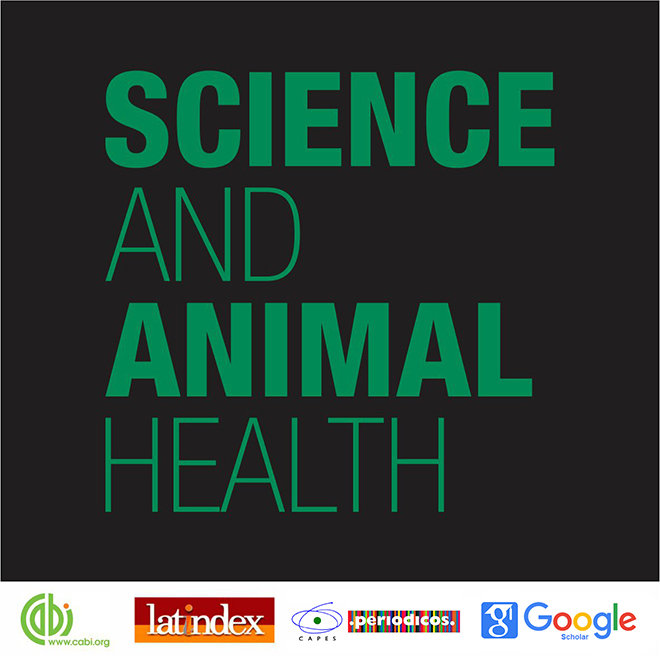IS PROPOLIS A PROMISING CANDIDATE ON BACTERIAL BOVINE MASTITIS’ TREATMENT?
Resumo
In the production and industrialization of cow's milk, an important factor that reduces the quality and quantity of the product is bovine mastitis. The dairy cattle mastitis leads to the use of antibiotics, which indiscriminate and prolonged use is progressively increasing the number of resistant pathogens. In this context, the natural products used to combat pathogenic microorganisms have become an interesting alternative. Among those, propolis stands out on different studies, presenting bacteriostatic and bactericidal properties, being a possible alternative on mastitis control and treatment. To determine that, a series of studies on propolis itself and its compounds properties must be analysed. This work aims to answer if the propolis represents a natural alternative on bovine mastitis’ treatment and control, based on scientific studies analyzing its use against different bacterial species, both in vitro and in vivo.



